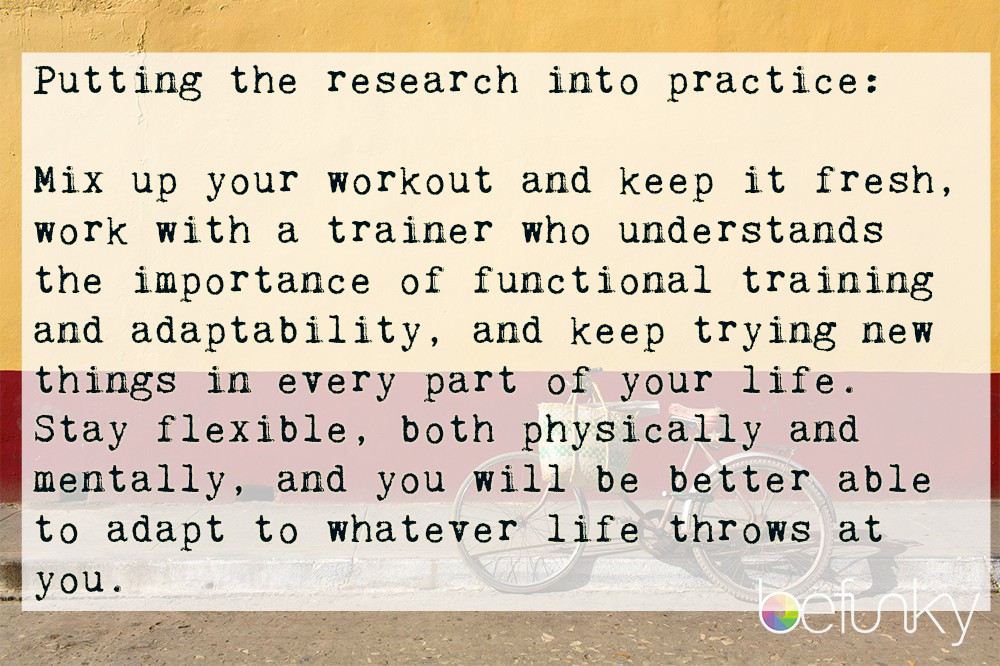
We may not be running from predators or hunting for our meals, but Darwin’s adage (“survival of the fittest”) still rings true in this modern world. It is our ability to change, evolve and adapt to our environment that often determines how happy, health or successful we can become. Hans Selye, a pioneer in the field of endocrinology and the biological stress response, said:
“Life is largely a process of adaptation to the circumstances in which we exist. The secret of health and happiness lies in the successful adjustment to the ever–changing conditions on this globe; the penalties for failure in this great process are disease and unhappiness.”
Resilience is a key factor in developing this adaptability. Both physical and mental resilience allow us to overcome obstacles and adjust to our present circumstances, however challenging.
The Northwestern University SuperAging Project studied individuals over the age of 80 with notably high mental and physical performance and found that these people did not shy away from the discomfort of learning to do something new. They were willing and determined to master new habits or skills through hard work (or pain), which allowed them to continue developing and growing alongside the changes in their environments.
Stress is the rival of resilience; it depletes the resources necessary for adaptation and keeps us from trying new things. Addressing the influence of stress in our lives (and how we respond to it) is an important part of building resilience.
We can emulate the high-functioning octogenarians in the NU study and build our resistance in various ways. We can learn new professional skills and technologies, we can practice self-improvement, and we can train our bodies to be more resilient through the wonders of physical activity.
How can physical training strengthen resilience and the ability to adapt to our environment?
- Physical activity has been shown to both stress and to prepare our bodies to effectively respond to stress.
- Overcoming physical and mental obstacles (“I can’t learn something new”) builds our resilience muscles.
- Functional training (that includes a variety of movements) helps to keep us on our toes and allows our bodies to become more responsive to physical challenges.
- As our bodies age, regular cardio and strength-bearing exercises condition our bodies to maintain (or improve) muscle mass, cardiovascular health, and bone density.
Putting this research into practice
Mix up your workout and keep it fresh, work with a trainer who understands the importance of functional training and adaptability, and keep trying new things in every part of your life. Stay flexible, both physically and mentally, and you will be better able to adapt to whatever life throws at you.